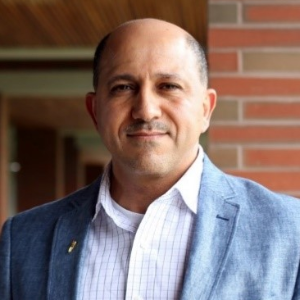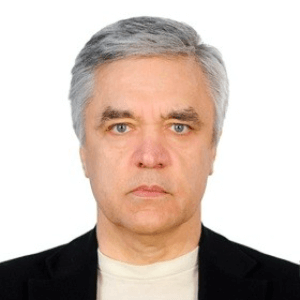Environmental radiochemistry
Environmental Radiochemistry involves the study of the sources and behaviour of radioactive materials in the environment, and the interactions of these materials with living organisms. It helps us to understand the impact of radioactive materials on human health and the environment. Environmental Radiochemistry applies the principles of analytical chemistry, organic and inorganic chemistry, physics, biology, and environmental sciences in order to obtain data on levels of radiation in the environment and to develop techniques to monitor the presence and movements of radioactive materials in the environment. It also studies the nature of radioactive materials, their sources, and how they interact with living organisms. Topics of research in environmental radiochemistry are numerous, including the detection of radionuclides, the study of radioactive decay processes, the fate, behaviour, and transfer of radionuclides in the environment, and the effects of exposure to radioactive materials on the environment and on living organisms. Other aspects of radiochemistry in the environment include the characteristics of radioactive materials, and the effects of natural and man-made radiations. An example of a applied research topic in environmental radiochemistry is the use of radioisotopes to trace the movement of pollutants in natural waters. Radioisotopes, such as carbon-14, are used to trace the dispersal of pollutants and contaminants in bodies of water such as oceans, lakes, or rivers. This technique is also used to identify hot spots of chemical contamination. In addition, environmental radiochemistry may be used to investigate long-term exposure to low doses of radiation in occupational or medical settings. Studies are conducted to assess the risk of radiation-induced health effects in individuals working in nuclear reactors, x-ray facilities, or radiotherapy clinics. Today, environmental radiochemistry is used to predict levels of risk posed by radioactive materials and to provide valuable insights into the complex ecosystem we live in. It is a powerful tool for protecting humans and the environment from the hazard posed by radioactivity.

Hossam A Gabbar
Ontario Tech University, Canada
Victor John Law
University College Dublin, Ireland
Alexander Bagaturyants
National Research Nuclear University MEPhI, Russian Federation
Sergey Suchkov
N.D. Zelinskii Institute for Organic Chemistry of the Russian Academy of Sciences, Russian Federation
Shree Niwas Chaturvedi
Centre for Aptitude Analysis and Talent Search, India
Pieter Samyn
SIRRIS, Belgium




Title : Advances in plasma-based radioactive waste treatment
Hossam A Gabbar, Ontario Tech University, Canada
Title : Unraveling the ultrastructure and functions of the neuronal membrane skeleton using super-resolution fluorescence microscopy
Zhou Ruobo, Djillali Liabes University of Sidi Bel Abbes, Algeria
Title : Solar box cooker dehydration, and relative humidity endpoint detection, of lamiaceae culinary leaves on the island of Crete
Victor John Law, University College Dublin, Ireland
Title : Nutrient and heavy metal loads from the Ribeiras to Coastal zones: A land-ocean continuum perspective in Madeira Island
Aracelis Del Carmen Narayan Rajnauth, University of Porto, Portugal
Title : Prospective polyoxometalate-based covalent organic framework heterogeneous catalysts
Arash Ebrahimi, Comenius University Bratislava, Slovenia
Title : Eliminating implant failure in humans with nano chemistry: 30,000 cases and counting
Thomas J Webster, Brown University, United States